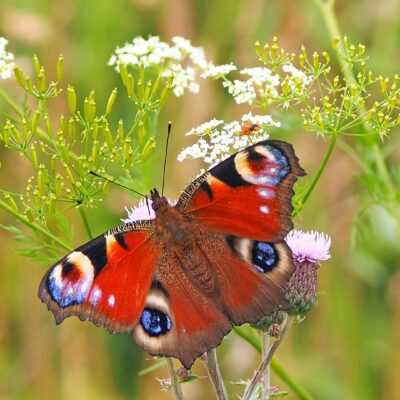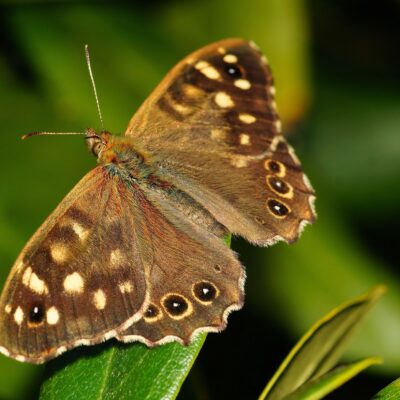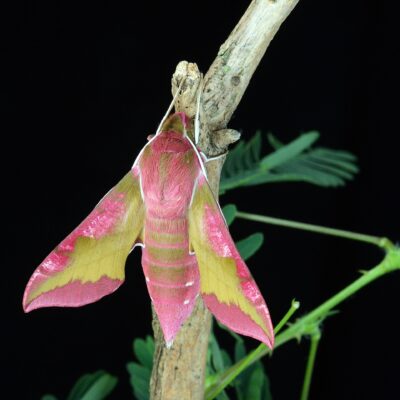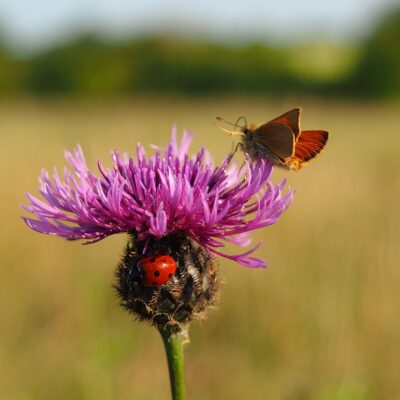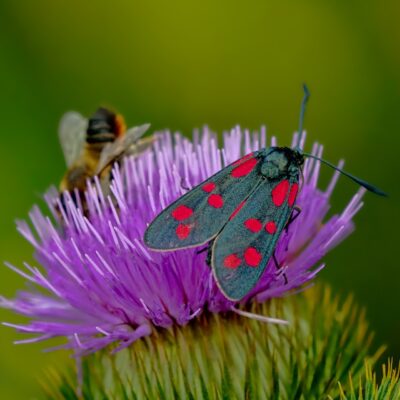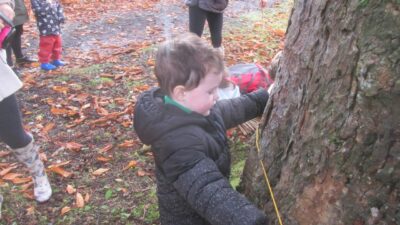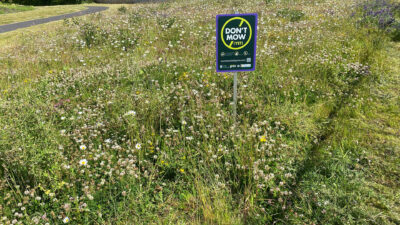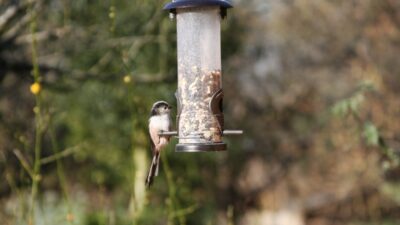Butterflies and Moths
Butterflies
Did you know that a wealth of butterflies are a good indicator of a healthy environment and they are also important pollinators?
Using our butterfly ID chart below, why not look in your garden or nearby hedgerows to see what butterflies make your backyard their home.
One of the most common butterflies is the orange-tip butterfly, a dainty little white butterfly with orange tips in the wings. But did you know that only the male butterflies have orange-tips? The females have grey / black tips and are easily confused with the other common white butterflies in flight.
The orange-tip butterfly is an early flyer (April to July), coinciding with the cuckooflower (Lady’s smock) flowering through May and June. The cuckooflower is the foodplant of the orange-tip, that is, the butterfly lays its eggs on the stalk of the flower and when the caterpillar hatches, it feeds on that same flower.
Join the annual Big Butterfly Count every July and record your sighting with the Centre for Environmental Data and Recording.
Moths
Moths and their caterpillars are important food items for many other species, including amphibians, small mammals, bats and many bird species. Moth caterpillars are especially important for feeding young chicks including those of the most familiar garden birds such as the blue tit and the great tit, robin, wren and blackbird.
Moths also play a vital role in telling us about the health of our environment. Since they are so widespread and found in so many different habitats, and are so sensitive to changes, moths are particularly useful as indicator species. Monitoring their numbers and ranges can give us vital clues to changes in our own environment.
Download our moth ID guides below to see which species you can see in your own garden.
Take part in the annual Moth Night in July and record your moth sightings with the Centre for Environmental Data and Recording.
Marsh Fritillary Butterly
County Fermanagh is home to a diverse array of butterfly species, including the rare Marsh Fritillary Butterfly. This species is under threat and requires immediate conservation efforts throughout much of Europe. While it was once prevalent across Northern Ireland, it is now restricted to only a handful of locations in the east – including Down, Antrim, and Armagh – and a few larger areas in west Tyrone and Fermanagh. Some of the best sites in Northern Ireland to see the Marsh Fritillary Butterfly is within the Fermanagh and Omagh District Council!
Butterfly Conservation Factsheet




